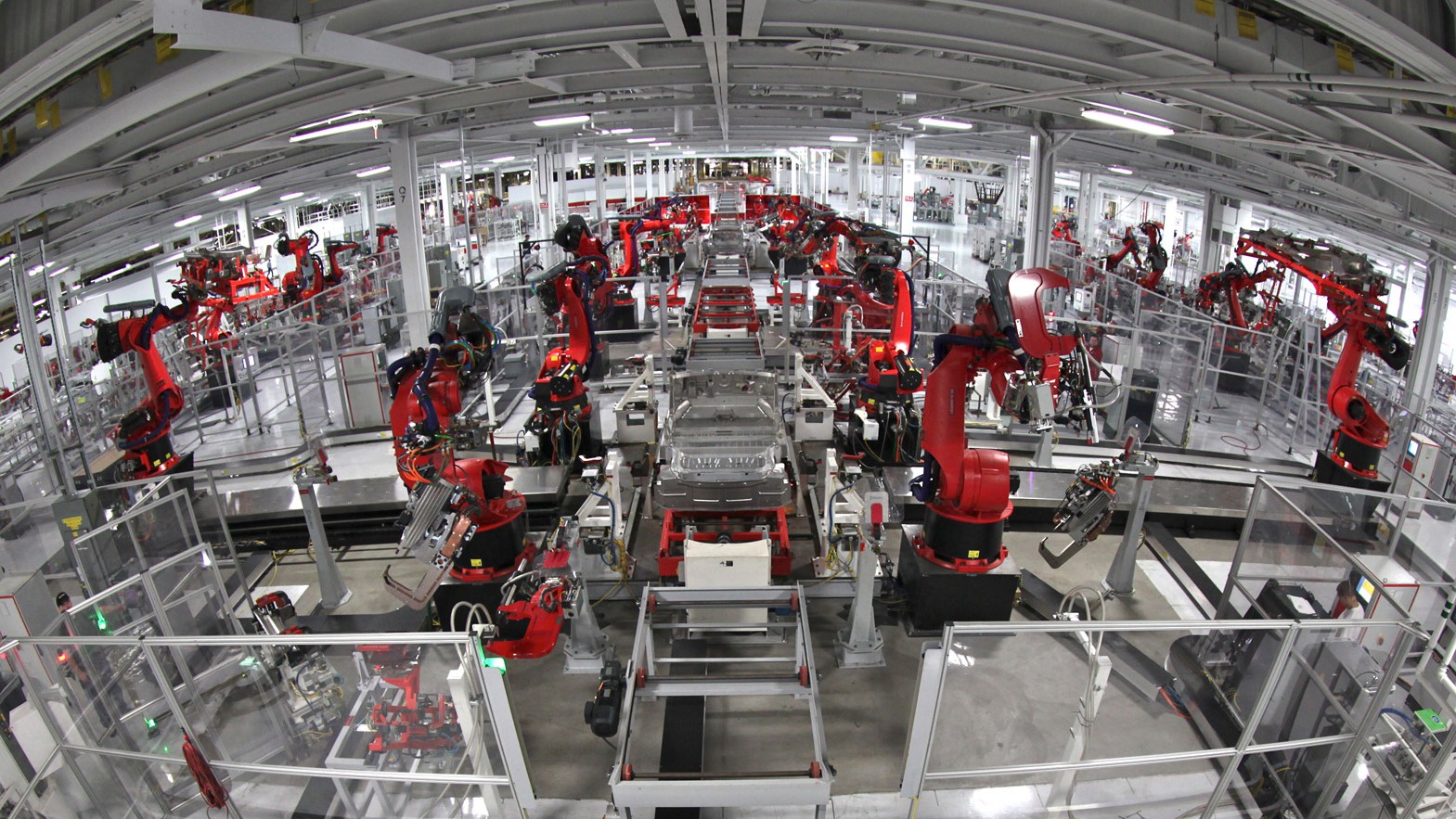There’s a reason manufacturers and users make a distinction between commercial-grade computers like your average Dell and industrial grade computers with IP ratings and certifications. And that’s because both of these devices are created and optimized for their intended industry/user-base. Many have begun to wise up to the importance of tailor-made tech solutions such as industrial computers as industry 4.0 and smart manufacturing begin to enter the mainstream.
In fact, the market news and research group Nyse News Times emphasizes that rugged computers will see substantial CAGR boosts in the coming years. And that’s because industrial computers are built with several key features and protections against certain debris and moisture that are common in the factory setting.
Unfortunately, this protective quality can go by many names, some of which can be quite misleading. Devices labeled with attention grabbing marketing terms like “waterproof” or “dustproof” may sound like they’re fortified to protect against certain debris, but what do they really mean? Does “dustproof” really mean dustproof or just dust resistant? Does “waterproof” mean the device can be submerged in water or just lightly sprinkled on?
To answer those questions as well as the question of what you should be looking for when hunting for computers for your industrial operation, it’s important to first take a look at IP ratings and what they mean.
What are IP Ratings?
Article Guide
IP ratings, or Ingress Protection Ratings, are certifications that define a device’s degree of sealing/protection against intrusion from dust, moisture, and other types of debris. IP ratings will often include two numbers, each highlighting a device’s fortification against a specific contaminant.
The first digit of IP ratings rates the device’s level of protection against physical debris like dust and solids. This number can range from 0-6, with each number specifying what kind of debris the device can keep blocked out.
-
- 0: No protection. Not certified for protection against dust and solid ingress.
- 1: Protection from solid objects over 50mm. Usually only provides base protection against something like an accidental touch by the hand.
- 2: Protection from solid objects over 12mm such as a finger.
- 3: Protection from solid objects over 2.5 mm like tools or wires.
- 4: Protection from solid objects over 1mm like thinner wires and nails.
- 5: Partial protection from dust.
- 6: “Dust Tight”. Full protection against solids, dust, and other small particulates.
The second digit of IP ratings rates the device’s level of protection against moisture and liquid specifically. Each number specifies how strong the source of water shot at the device can be. Additionally, the number also specifies the angle of water that can be protected against.
-
- 0: No protection: Not certified for protection against moisture or liquid.
- 1: Protection from vertically falling drops and condensation.
- 2: Protection against sprays of water up to a 15 degree deviation from vertical.
- 3: Protection against direct sprays of water up to a 60 degree deviation from vertical.
- 4: Protection against water splashed from all directions. In the case of limited moisture ingress, the device can still function.
- 5: Protection against low pressure jets of water from any direction. Also allows for limited water ingress.
- 6: Protection against strong jets of water from all directions. Limited ingress protection.
With this understanding of IP ratings, it becomes very clear exactly what an IP65 certified device delivers: a completely dust tight device capable of surviving blasts of water from low pressure jets at any direction. So, where do “credentials” such as “waterproof” and “dustproof” fall on this spectrum.
The Problem With “Waterproof” and “Dustproof”
The main issue with devices that tout “waterproof” or “dustproof” qualities is that there’s no indicator of just how “proof” they are. Technically, a device with an IP51 rating is “waterproof” because it’s been certified to survive small drops of water dropped from a very specific orientation. Despite this, the device can still be marketed as “waterproof” or, at the very least, “water resistant”.
Fortunately, the dust ingress rating only specifies that devices with a rating of 5 or 6 protect against dust ingress, meaning there’s much less margin for inaccurate advertising. However, a device that’s “dustproof” based on its 5 rating might still be misleading for a user specifically looking for a dust tight solution, perhaps because they work at a location that deals with a much higher concentration of dust such as a saw-mill.
Picking a Device for Your Factory
Keeping all of these distinctions in mind, the process for picking out devices for your particular plant or factory has remained the same. Decision makers still need to scan their specific factory floor and pick a product designed to function within that setting. If, for example, you work in a saw-mill like we mentioned earlier, you’d very likely want to pick a device with at least a 5 or 6 as the first digit rating. Conversely, if you work with equipment such as pressurized water jets, you’ll need something more waterproof. In which case, finding a device with a higher second digit rating is the move to make.
Take CP Industries as an example. The industrial tube manufacturer knew that their workplace commonly dealt with heavy amounts of debris, as is common in steel manufacturing, as well as leaky roofs since the building they occupied was rather old. Because of this, they needed a device that was, at the very least, dust tight and water resistant. Ultimately, they were able to commit to a fleet of IP65 industrial tablets and computers because they were assured it could stand up to their factory floor’s common circumstances. If they had, instead, committed to a “dustproof” device that wasn’t completely fortified, they would have been saddled with hefty repair costs and lost production when those devices inevitably failed due to metal shaving/dust ingress.
Do Your Research on IP Ratings
Regardless of the route you go, it’s important to keep an eye on IP ratings as opposed to simple marketing buzzwords like “waterproof” and “dustproof”. Device manufacturers use these phrases as well as commercial grade prices to entice buyers, but there’s a reason they aren’t openly advertising their IP ratings. The last thing you need is to perform a rollout of a device that isn’t capable of handling your turbulent workplace just to see them fail within a week of each other. For help understanding what IP ratings are and the type of device you need for your operation, contact an expert at Cybernet today.
The Role of Industrial Computers in Industrial Automation
July 2, 2020
Industrial automation, as the name suggests, refers to using industrial computers in order to automate industrial processes. It may be understood as an umbrella term for computer automation of design, manufacturing and…
0 Comments9 Minutes
The Use of Industrial Computers in the Aerospace Sector
September 17, 2015
Over recent years, industrial computers have come to take on a critical role in a number of professions. The aerospace industry is one sector that has come to rely on the use of these devices to address a number of…
0 Comments4 Minutes
You Can't
Learn from a Pop-up
But we can deliver knowledge to your inbox!
We dive deep in the industry looking for new trends, technology, news, and updates. We're happy to share them with you.
Knowledge, News, and Industry Updates Right in Your Inbox




